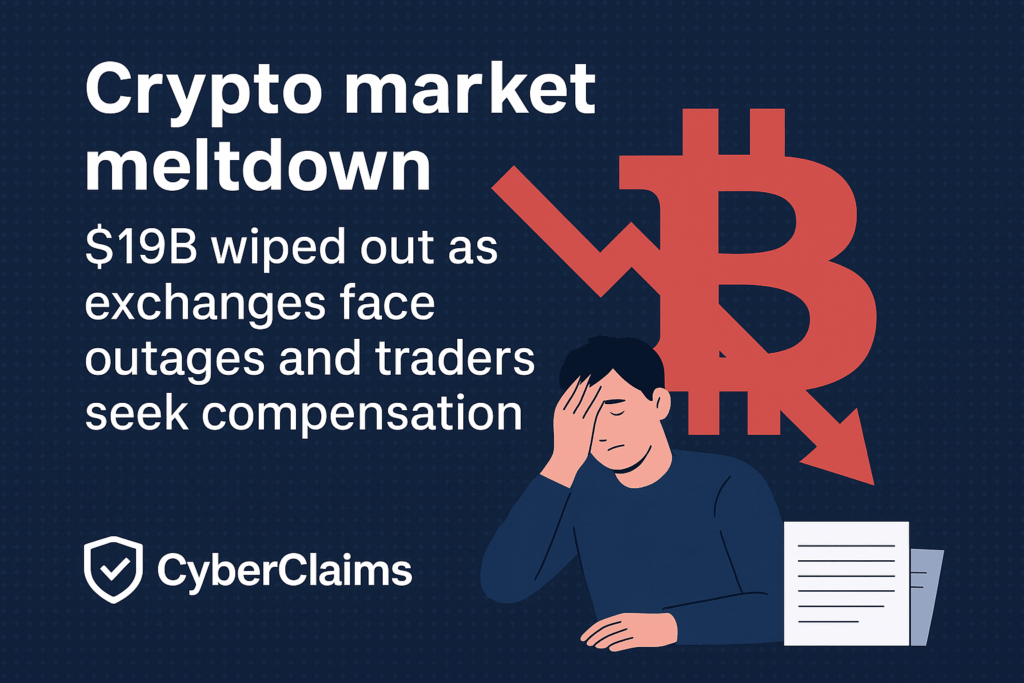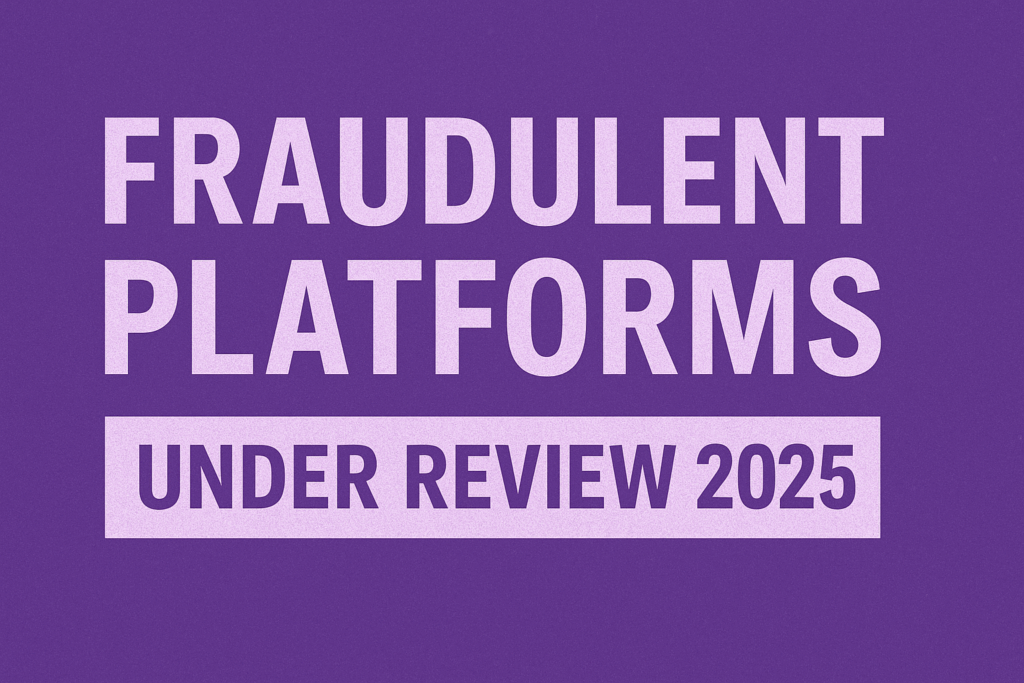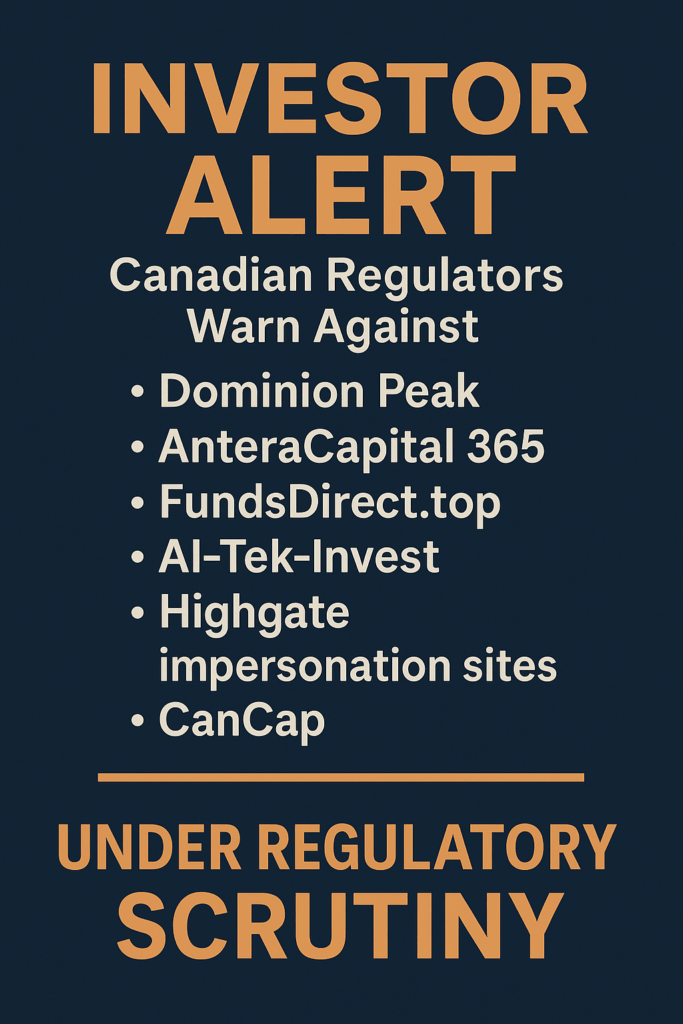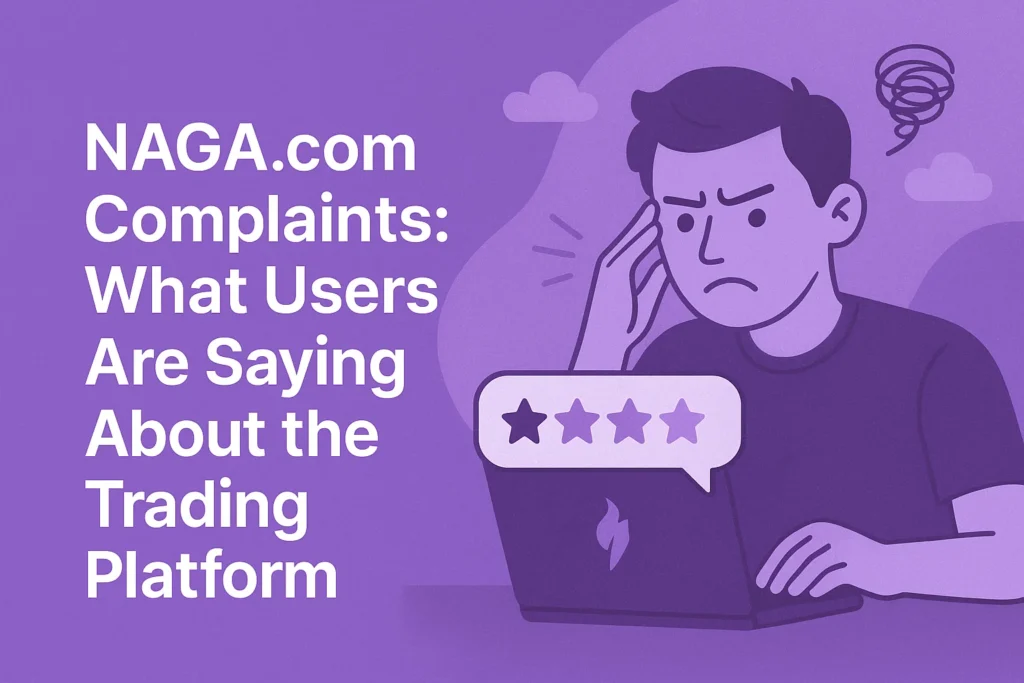The world of crypto is evolving, and so is the fraud landscape around it. As we enter November 2025, scammers are stepping up their game with smarter technology, more aggressive targeting, and new domain tricks. At CyberClaims we continue to monitor these trends so you can stay ahead of the threat.
In this article we’ll unpack what’s new this month, provide real scam URLs you should avoid, outline how these scams operate, and share the key red-flags to watch. If you believe you have been targeted, you should reach out for help as soon as possible.
What’s New This Month: Key Trends
AI-powered scam ads & deepfakes
Scammers are increasingly using AI to mimic trusted voices or brands. A recent incident involved a fake keynote streaming under the guise of a major tech company that promoted a crypto “event”, all fake. (TechRadar)
This means the typical warning “If it looks too good to be true” has real bite, because the visuals and voices may look authentic.
Escalation of “pig-butchering” romance + investment schemes
As described by many analysts, the combination of romance contact and crypto investment has become a highly dangerous mix. (Wikipedia)
Victims are approached via chats, build trust, then are told to invest in a crypto opportunity that drains them.
Fake exchanges, wallet drainers and rug pulls expanding
Scam platforms, fake wallets and bogus token contracts are rising. A recent EU joint operation uncovered over €600 million moved via such networks. (Eurojust)
This is not just rogue individuals, it’s organised criminal networks.
Domain and URL tricks – more subtle than ever
Fraudsters are registering new domains, using look-alike spellings, unfamiliar top-level domains (TLDs) and short-lived web pages to lure you in. (arXiv)
Always double-check the URL, SSL lock, spelling, company registration, and avoid typing via an ad-link.
Real Scam URLs & Platforms to Avoid
⚠️ Warning: Do not visit or interact with the sites below. They are included for awareness only.
Here are some recently flagged domains or platforms:
cryptoblock-exchange.net(example: fake exchange offering high returns, no regulation)worldcoin-profit.io(example: fake token sale + referral scheme)secure-binance-verify.com(impersonation domain of a well-known exchange)coin-wallet-app-download.com(bogus wallet download link, drains funds via permissions)
These are only examples, the scam ecosystem changes daily. Use this list as a pattern rather than a definitive list.
How to check a URL:
- Does the domain match exactly the official company domain?
- Is it using a strange TLD (.io, .app, .net) when the official uses .com or country code?
- Are you being asked to connect a wallet or approve contract with no regulation?
- Is the website offering “guaranteed returns” or “once-in-a-lifetime” profits?
- Has the domain just been registered (you can check WHOIS) or flagged on a blacklist (see regulatory warnings).
Regulators maintain lists of black-listed websites from fraudulent companies. (AMF France)
Also the California Department of Financial Protection and Innovation (DFPI) offers a “Crypto Scam Tracker” showing reported complaints. (DFPI)
How These Scams Operate
Here’s a typical modus operandi we are seeing in November 2025:
- A new domain or ad appears, perhaps via social media or a messaging app, promoting a crypto “investment opportunity.”
- The victim is enticed: high returns, exclusive access, or sometimes a “celebrity endorsement” (fake or deep-faked).
- The victim is asked to deposit crypto or connect a wallet, often via a fake exchange or wallet app.
- The scam site either drains the wallet directly (via malicious contract permission) or the “platform” refuses withdrawals.
- Recovery becomes hard: wallets are anonymised, funds are moved off-chain or across jurisdictions, the domain disappears.
Because of the rise in deepfakes or AI-generated content, the “trusted brand” element is stronger than ever, which lulls victims into lower guard.
Red Flags & Safe Behaviours
Red Flags:
- Unsolicited contact (social media DM, WhatsApp/Telegram message) claiming “investment opportunity.”
- Promise of guaranteed returns or high yield in a short time.
- Domain name is slightly off (e.g., “binance-verify.com” instead of “binance.com”).
- Being asked to install a wallet, give a seed phrase, or approve a contract with vague wording.
- Pressure to act quickly (“limited time offer”, “first 100 investors only”).
- Website poorly constructed, low number of reviews, no regulation information.
Safe Behaviours:
- Use exchanges/wallets you know and trust; double-check domain name.
- Never share your seed phrase, private key, or transfer crypto because someone says “just to verify.”
- Enable two-factor authentication (2FA) everywhere.
- Research the domain/company: check regulatory warnings, blacklists.
- If approached via unsolicited contact, think twice, and seek independent verification.
- Keep records (screenshots, wallet addresses, communication) in case you need help later.
What to Do If You’ve Been Targeted
If you believe you might have interacted with a scam:
- Stop further payments immediately.
- Document everything: the domain, wallet address, screenshots of conversation.
- Contact CyberClaims for a free assessment of your case—we specialise in asset recovery and dispute resolution (note: we are not a law firm).
- Report to your local regulator and use scam-reporting services in your country.
- Warn others: sharing your experience may prevent someone else from falling into the same trap.
Acting quickly is crucial because once funds are moved across multiple wallets and jurisdictions, recovery becomes much harder.
November 2025 is a critical moment in the crypto-fraud era. Scammers are using more sophisticated tools, ever-shifting domains, and convincing social engineering tactics. At CyberClaims, we urge you to stay alert, verify every investment opportunity, and seek help if you believe you’ve been targeted.
If you’re concerned you may have interacted with a fraudulent crypto platform or wallet this month, contact us for a free evaluation of your situation.









